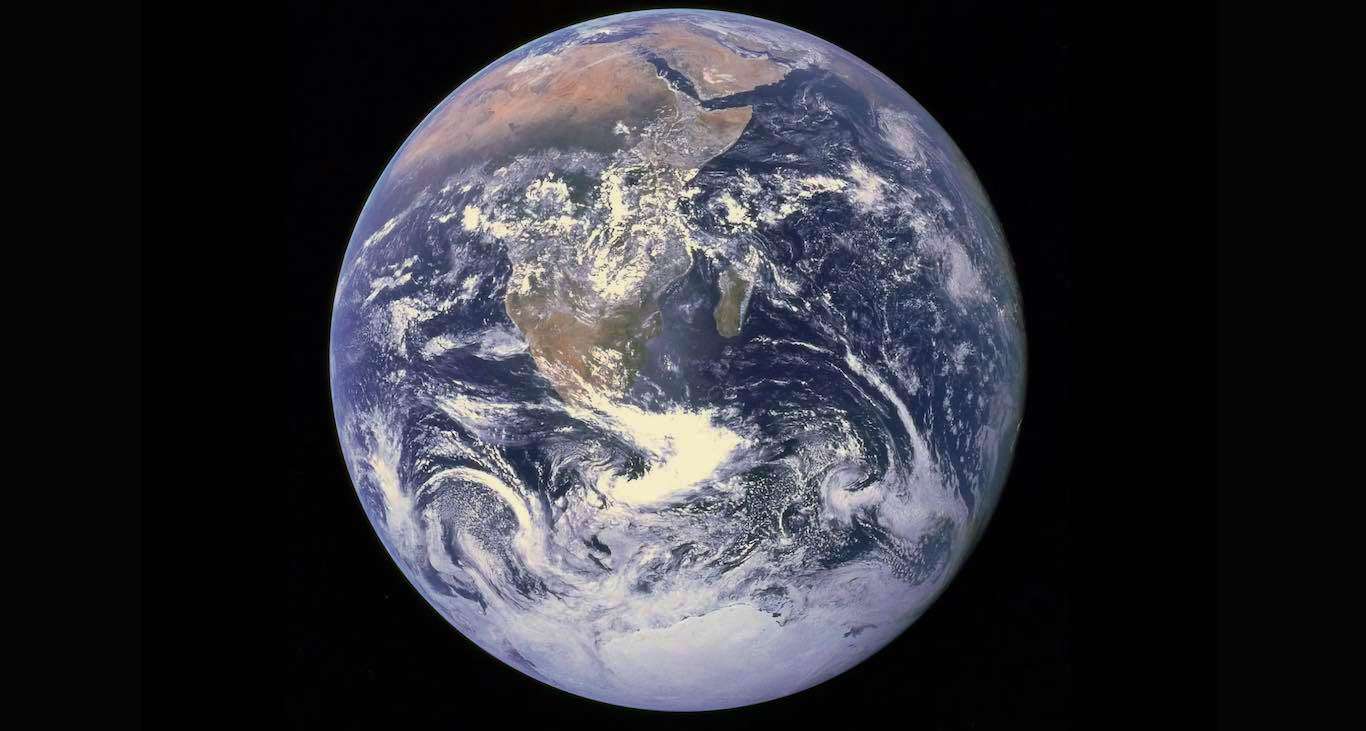World's First Magma Observatory Poised to Monitor Volcanoes While Generating Tons of Energy
Such energy potential could only be available when drilling into magma chambers, which are almost always out of reach of drilling equipment.

Before the sensation of New Year's completely wears off, it pays to look back on what was a no-nonsense year in humanity's attempt to prevent the planet from warming 1.5°C.
A lot of the big players stepped up with major adoption of climate technologies, and past efforts to mitigate or reduce emissions are now shown to be working.
It doesn't seem to be all token gestures either, as the International Energy Agency said that the progress made this year may actually help achieve the 2030 goals agreed to in the Paris climate agreement.
Let's take a look back before a great leap forward.
Nowhere were these sunny headlines more true than in China, which led the world in the installation of new solar farms. The PRC was already the world's largest market for solar panels and solar power, and it's estimated that the government has overseen the installation of between 90 and 120 gigawatts of solar power-a truly remarkable figure.
It represents a 30% rise year-over-year in the installation of new solar energy, with 87.1 gigawatts brought online in 2022.
China led the way in renewable energy installation, but only in the way that one bicycle sits at the top of a peloton. At COP last year, 200 countries signed an agreement to triple the global renewable energy capacity to 11,000 gigawatts by 2023.
A subsequent report from the IEA found that such an increase is around where humanity needs to be to prevent 1.5°C of warming by 2030.
The key to this goal, some have speculated, is the complete buy-in from the world's superpowers.
Insulated from the global energy crisis that followed in the wake of the Ukraine War, the US continued to phase out coal even while demand for the fuel rose or remained steady in other parts of the world during 2022.
The IEA expects that now that the EU in particular, but the world more broadly, has settled into the new energy market conditions, coal use worldwide will have fallen another 20% in 2023 when the true numbers finally come in; offset by a rise in China of about 5%.
By 2026, however, the predictions are that China too will begin to phase out coal.
In the US, the adoption, sales, and R&D of electric vehicles continue to increase, with over 1.4 million EVs being sold in the country last year. Servicing the battery needs of this market are nearly 200,000 charging stations across the country.
The trend could continue strongly, since 2023 saw a significant fall in the cost of battery prices, amounting to 40% year-over-year. Goldman Sachs estimates this is driven mainly by a reduction in the cost of raw battery materials like lithium and nickel.
Southeast Asian countries are some of the largest per capita investors in new coal projects, but they are also, potentially, on their way toward meeting renewable energy commitments as well.
In the Association of Southeast Asian Nations, or ASEAN, wind and solar capacity increased by 20% in 2023, bringing the total to more than 28 gigawatts (GW). These are not rich nations, with the exception of Singapore, which in any case has very little land for solar farms of any meaningful size.
The bloc would need just 66% of last year's total to meet the goal they set for themselves of one-third renewable energy by 2025.
SHARE This Inspiring News Round-up On Social Media…
Be the first to comment